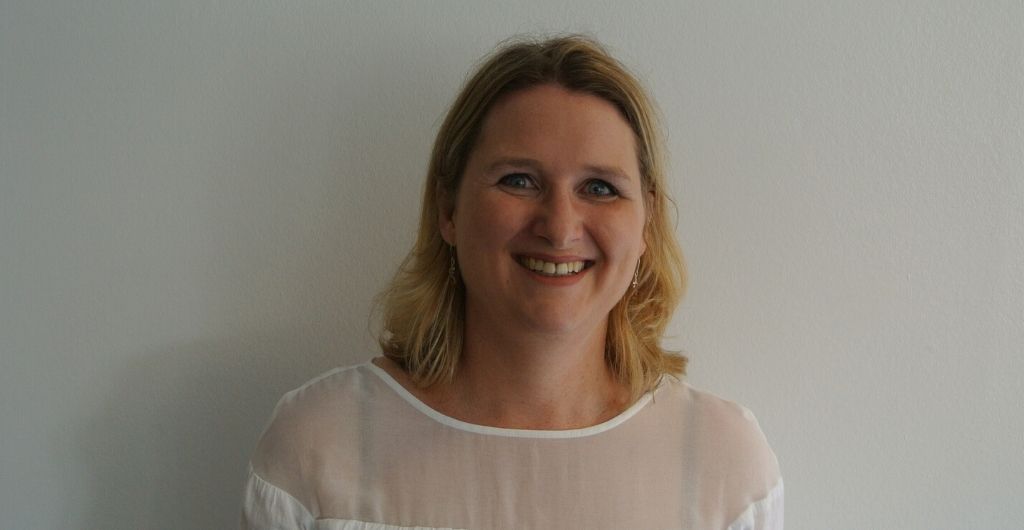
In our digital-first society, we now use our smartphones for a plethora of things. It has become an extension of our lives – connecting with loved ones, managing business affairs, capturing memorable moments and so much more. They are trusted with our most valuable digital information, including our finances. It makes sense, therefore, that they are also now becoming part of our healthcare journey and arguably have been since the introduction of Fitbit, seeing users take control of their basic health statistics (even more so with the introduction of the Apple Watch ECG app in 2018).
Health organisations, including the NHS, have already started making the most of the opportunities ever-evolving technology is opening up, developing and innovating to help use data for good. Amanda Payne, head of government services at strategic UX agency, Nomensa, explains why we should be empowering patients and putting the control back into their hands.
We know that digital technology gives us the ability to put the control back into the hands of the patient and join up the patient journey. This is one of the reasons why the NHS has several approved third-party apps that allow users to centralise their information – from GP appointments, test results to allergies and more, giving them a full picture of their healthcare when addressing medical professionals, carers or in some cases for those with complex needs, family members. However, as with wider healthcare solutions, this is initially approached at a centralised level and then pushed out on a regional level. After all, from a trust perspective, regional bodies have the insight to better understand their patients, their needs and the ability to deliver a low-cost solution that matters.
Any medical professional will tell you that the best way to treat any illness is through preventative measures, where possible. Although healthcare professionals can certainly play a key role, the patient must be on board to achieve measurable results. According to the Centers for Disease Control, chronic diseases are responsible for seven out of 10 deaths in the USA annually, and accounts for 75% of healthcare spending. Yet a large percentage of these (including heart disease and diabetes) can be combatted with a close focus on health, with the patient and medical professionals working together. If this technology can carefully place the control back into the hands of the patient and more individuals use data insights to connect and understand the full picture of wellbeing, it’ll help to reduce the stress and financial strains of the NHS in particular, thanks to reduced spend on treatments, shorter appointment times and more.
On a social care level, this can also be truly transformative for patients and NHS bodies. Local councils and healthcare trusts, in particular, are continuously looking for ways to keep people in their homes for longer and keep them safe whilst doing so. This can involve voice technology in the home to provide reminders for essential medication, sensors to detect unusual movements or apps to track water consumption to avoid dehydration (a key cause of hospital admittance for those with complex needs). This also benefits carers (often operating on an agency level) and family members supporting the patient, providing a wider picture of health and improved communications, particularly for shift management and support cross over.
Although the control can be put in the hands of the patient, healthcare professionals are not yet necessarily able to see this information on their system. Data is pulled from different places in the NHS which means that for those patients who see numerous doctors, the technology is not currently as streamlined as is the case for the patient. However, healthcare bodies have recognised this challenge and a solution is currently in development. While progress is undoubtedly being made in this area, but we cannot disregard patient wishes. For example, many members of the older generation may not want to put their healthcare in the hands of smart technology or may not fully understand its capabilities, and accessibility is a key consideration for all of this. For example, if the user experience is not optimised for use, this will be a major breaking point.
Regardless of accessibility, work still needs to be done to break down barriers of usage. We have an increasingly ageing population in the UK and for those who require higher levels of care or are suffering from complex health needs, this technology can be revolutionary. Yet, it’s important to pose the question – whose responsibility is it to shape this digital experience for the patient? Does this come down to the already time-poor medical professionals or should we be looking elsewhere if we want to truly digitise the patient journey?
We’ve seen significant development in healthcare technology in recent years including big data, artificial intelligence, mobile technology and more, this hasn’t been fully integrated into daily healthcare practices UK wide – yet. To truly see change, silos will have to be addressed and collaboration is key. This will involve better communication between digital systems, as well as with varying bodies operating within the NHS to shape a system that could be fully accessed by medical professionals, carers and individuals alike.
Although the US is often regarded as the frontrunner in this race, the UK is working hard to improve the patient experience with digital at the core. It has reportedly committed £150 million to develop healthcare technology, reinforcing its position with policy changes to encourage development (including tax credits for research and development biotech companies). However, other countries also making strides in this area include Canada, which is currently at the forefront of stem cell research; China, investing $140billion in reforming its health and biotech sectors; and also, India, with the introduction of bold new government initiatives and international company buy-in.
In summary, by offering control and greater data insights to patients around their state of health, it’s arguably relieving pressure from the NHS. We know that hospital resources, including hospital beds, are limited as of late, but intelligent data and technology aims to reduce this stress by giving patients greater control of their healthcare.
For example, Fitbit was once described as a ‘check engine light’ for the body and has been used by cardiologists to monitor patient activity levels and heart rate, alerting doctors to signs of trouble. It’s also one of the reasons it’s utilised by healthcare insurance providers, keeping general wellbeing at the forefront. This technology, alongside NHS approved applications, can help speed up the check-up process too, helping to alleviate stresses of time-poor individuals whilst maintaining a positive patient experience, making them digitally empowered.
Amanda Payne, Head of Government Services at strategic UX agency, Nomensa, works closely with healthcare clients including NHS Digital and more, contributing to award-winning projects with a digital-first mentality.











